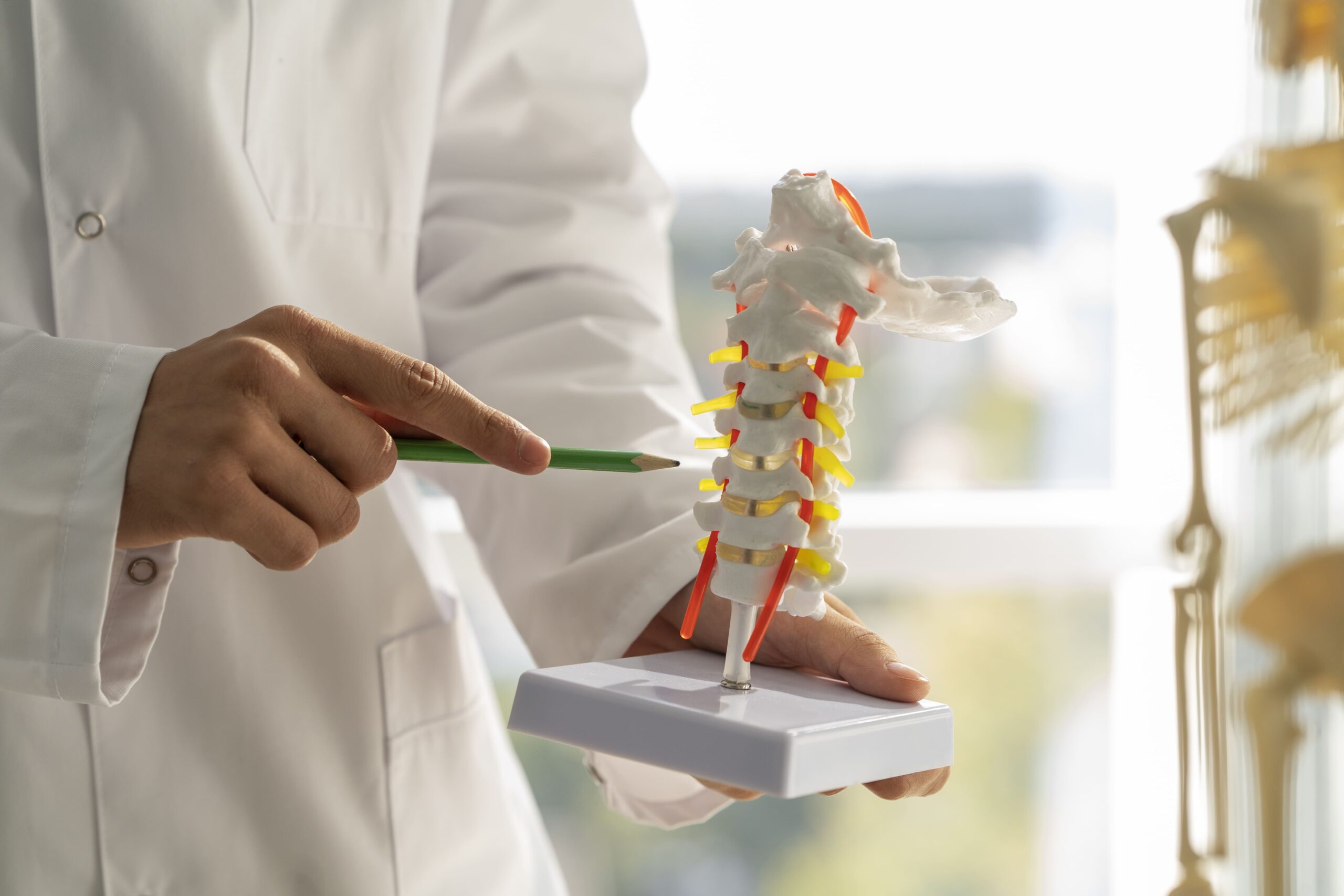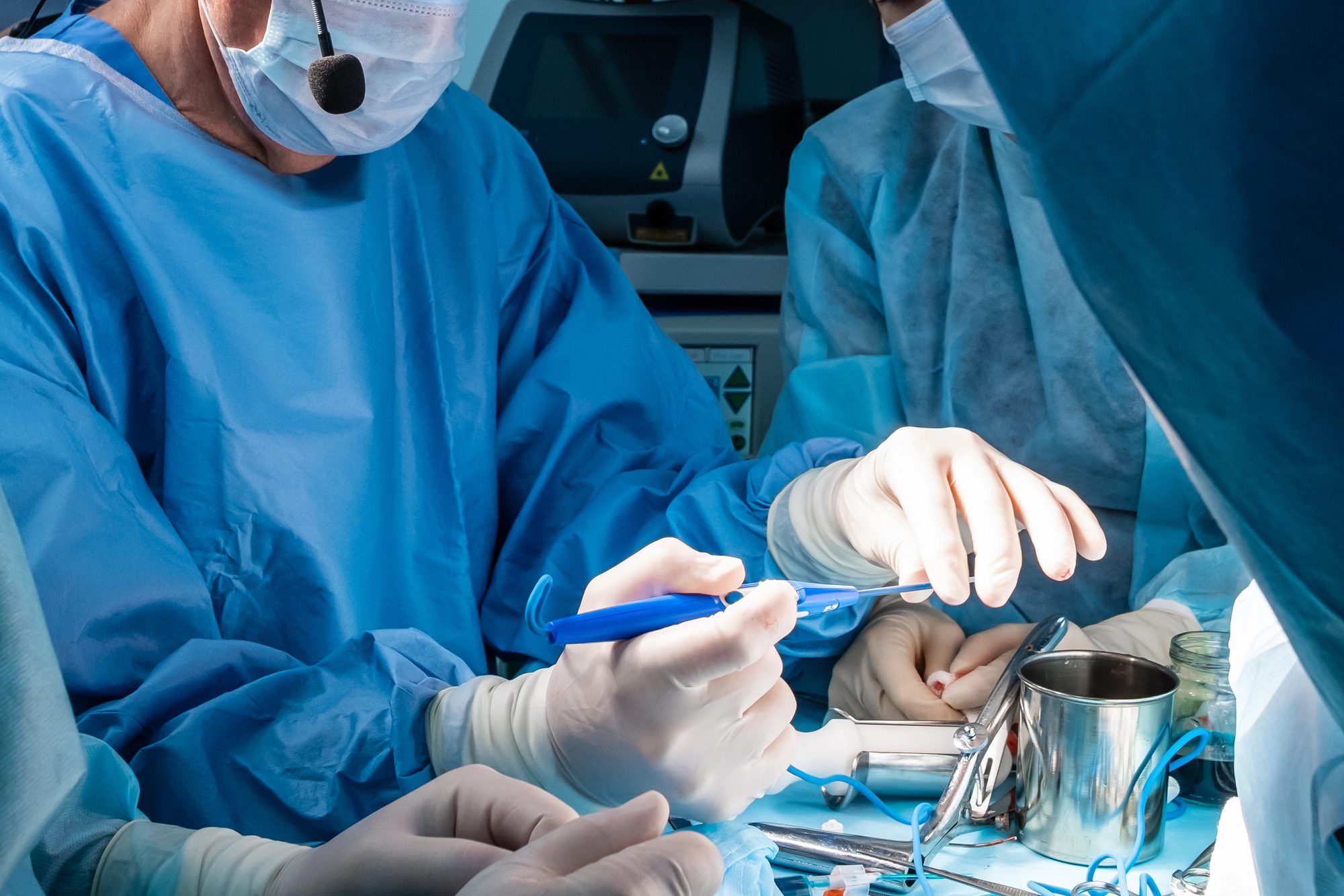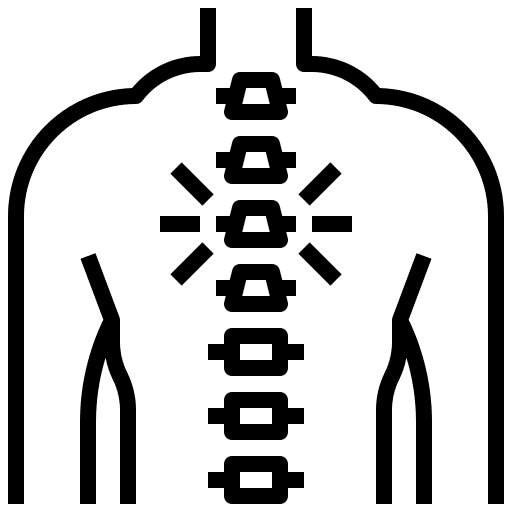Minimally Invasive Spine Procedures
Targeted Relief Without Major Surgery in Mid-South
Minimally invasive spine procedures offer effective pain relief for patients with chronic back and neck issues – without the need for traditional open surgery. At Midsouth Pain Treatment Center, we use advanced techniques to reduce pain, improve mobility, and restore quality of life with faster recovery times and fewer risks.
With convenient clinic and surgery center locations in Cordova, TN, Jackson, TN, Oxford, MS, Tupelo, MS, Southaven, MS, and Germantown, TN, we’re proud to serve communities across the Mid-South region.

What Are Minimally Invasive Spine Procedures?
Minimally Invasive Spine Procedures involve the use of small incisions, image guidance, and specialized tools to access and treat the spine with minimal disruption to surrounding tissues. These techniques reduce trauma, speed up recovery, and lower the risk of complications. They are ideal for patients with spine-related pain who haven’t responded to conservative treatments like medications, physical therapy, or injections, but want to avoid major surgery.
The cutting-edge procedures are recommended when more conservative treatments do not provide lasting relief. They relieve pressure or inflammation causing your pain and may prevent or prolong the need for more invasive surgeries.

Minimally Invasive Spine Procedures are commonly used to treat conditions like:
- Spinal Stenosis
- Degenerative Disc Disease
- Herniated Discs
- Facet Joint Pain
- Sacroiliac (SI) Joint Dysfunction
- Chronic Low Back Pain
- Post-Surgical Spine Pain (Failed Back Surgery Syndrome)
Our Treatment Offering
Radiofrequency Ablation
Radiofrequency ablation (RFA) is a minimally invasive procedure used to relieve chronic pain by targeting nerves that transmit pain signals. During the procedure, a physician uses heat generated by radio waves to interrupt these nerves’ ability to send pain signals to the brain. By “turning off” the targeted nerves, RFA can provide long-lasting pain relief and improve mobility and quality of life.
During a radiofrequency ablation procedure, you’ll lie on your stomach or back while the skin near the target nerve is cleaned and numbed. Using X-ray or fluoroscopic guidance, the physician carefully inserts a thin needle and applies heat generated by radio waves to interrupt the nerve’s ability to send pain signals. The procedure usually takes 30–60 minutes, and most patients go home the same day. Some may feel immediate relief from the numbing medication, while longer-lasting effects from the ablation develop over several days.
Recovery from radiofrequency ablation is typically quick. Most patients can return to light activities the same day but should avoid strenuous activity for 24 hours. Mild soreness at the injection site is common and usually resolves within a few days. Pain relief can begin within a few days and may last for several months.
Radiofrequency Ablation
Kyphoplasty
A Kyphoplasty is a treatment for vertebral compression fractures, which are small cracks in the spine often caused by osteoporosis, injury, or cancer. The goal of the procedure is to relieve pain, stabilize the fractured bone, and restore normal spine alignment.
Using fluoroscopy (X-ray guidance), the physician inserts a needle into the fractured vertebra and inflates a small balloon to create space. That space is then filled with medical-grade bone cement, which quickly hardens to stabilize the bone. The procedure usually takes 30–60 minutes per treated level.
Most patients go home the same day and can resume light activities within a day or two. Many experience significant pain relief within 24–48 hours and improved mobility soon after.
MILD
MILD (Minimally Invasive Lumbar Decompression) is a minimally invasive procedure designed to relieve leg and back pain caused by lumbar spinal stenosis. The procedure removes small amounts of bone and soft tissue that are compressing the spinal nerves, creating more space in the spinal canal. MILD helps reduce nerve pressure, improve mobility, and relieve pain, all without the need for traditional open spine surgery.
During a MILD procedure, you’ll lie on your stomach while the skin over the lower back is cleaned and numbed. Using X-ray guidance, the physician removes small amounts of bone and soft tissue that are pressing on the spinal nerves. The procedure is minimally invasive, usually takes less than an hour, and most patients go home the same day. Many patients notice improvement in leg and back symptoms soon after the procedure.
Recovery from a MILD procedure is typically quick. Most patients can resume light activities the same day but should avoid heavy lifting or strenuous activity for several days. Mild soreness at the incision site is common and usually resolves within a few days. Many patients experience improved mobility and reduced pain shortly after the procedure.
SI Joint Fusion
SI joint fusion is a minimally invasive surgical procedure used to relieve chronic pain in the sacroiliac (SI) joint, which connects the lower spine to the pelvis. The procedure involves placing small implants across the joint to stabilize it, reduce abnormal motion, and decrease pain. SI joint fusion can help improve mobility, reduce discomfort, and enhance quality of life for patients who have not found relief from conservative treatments.
During an SI joint fusion procedure, you’ll lie on your stomach while the skin over the joint is cleaned and prepared. Using X-ray guidance, the physician places small implants across the sacroiliac joint to stabilize it and reduce abnormal motion. The procedure is minimally invasive and usually performed as an outpatient or short-stay surgery. Most patients go home the same day or within 24 hours.
Recovery from SI joint fusion takes a bit longer than minimally invasive injections. Most patients can resume light activities within a few days but should avoid heavy lifting or strenuous activity for several weeks. Mild soreness at the incision site is normal and typically improves over time. Many patients experience gradual pain relief and improved mobility as the joint stabilizes.
VIA Disc
The VIA Disc procedure is a minimally invasive treatment designed to relieve chronic back pain caused by degenerative disc disease. It involves injecting a proprietary tissue-based allograft into the affected disc to stimulate hydration, repair, and regeneration of the disc tissue.
Under imaging guidance, the provider inserts a needle into the disc and injects the VIA Disc material. The procedure is quick and typically performed in 30 minutes.
Patients usually return to light activity within a day or two. Pain relief and disc health improvement occur gradually over weeks to months.
Benefits of Minimally Invasive Spine Procedures

Smaller incisions, less tissue damage than a conventional surgery

Lower risk of complications

Faster recovery and return to activity

Long-lasting pain relief

Avoidance of traditional open surgery
Real Stories.
Real Relief.
Real Relief.
Hear from Patients Who Chose Midsouth Pain Treatment Center
500+ 5 Star Reviews
Rated 4.9 by Our Patients
Is a Minimally Invasive Spine Procedure Right for You?
Minimally Invasive Spine Procedures are recommended for patients who haven’t found relief with conservative methods. During your consultation at Midsouth Pain Treatment Center, our board-certified specialists will evaluate your condition and recommend the most effective treatment option for your needs.
Fill out the form and a care coordinator will contact you to schedule your consultation.
Contact Us
Trust Midsouth Pain Treatment Center
for Expert Care
for Expert Care
At Midsouth Pain Treatment Center, our experienced team specializes in treating spine and nerve-related pain using the latest minimally invasive techniques. We’re committed to delivering compassionate, high-quality care close to home with convenient locations in Cordova, TN, Jackson, TN, Oxford, MS, Tupelo, MS, Southaven, MS, and Germantown, TN.







